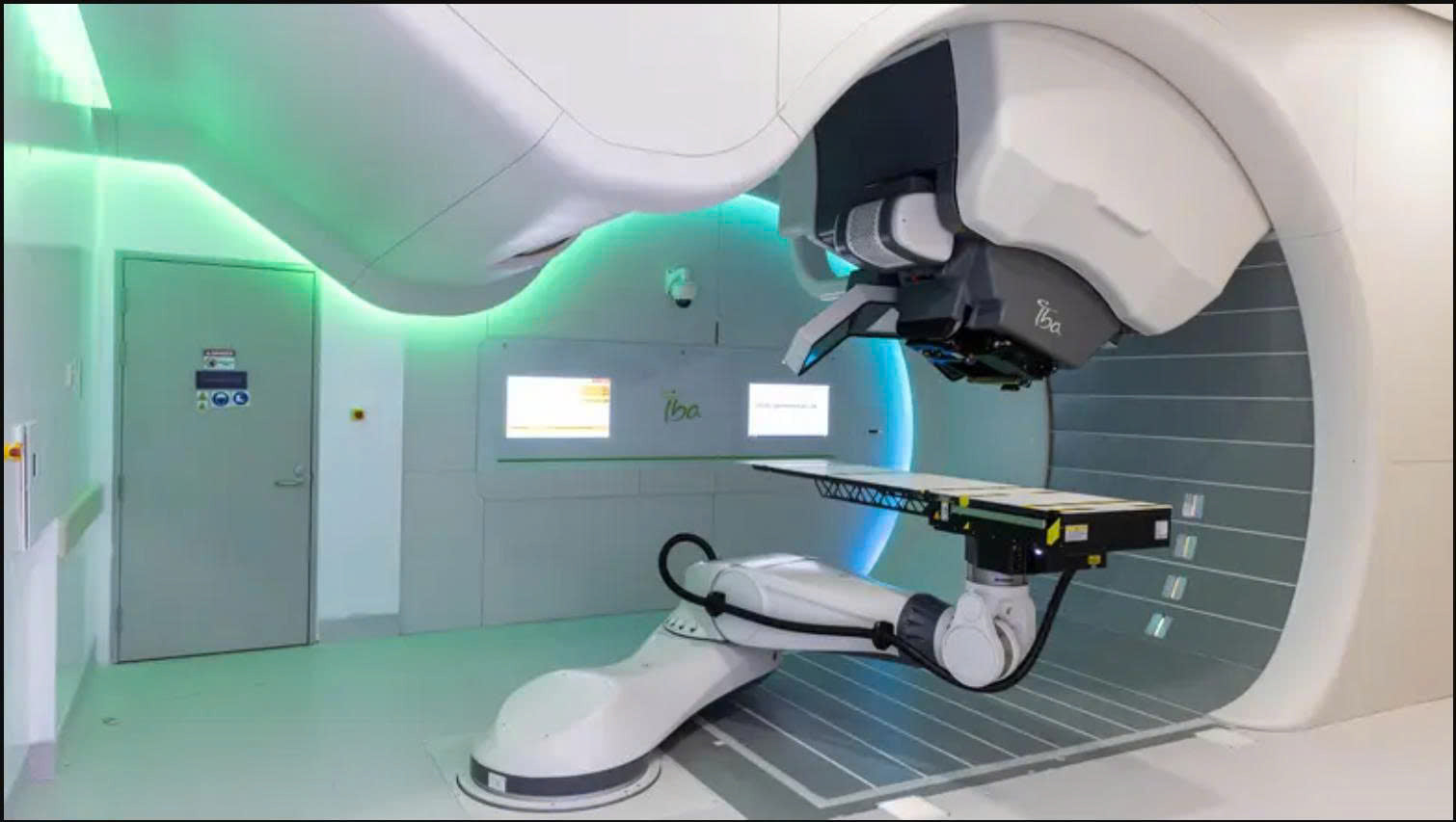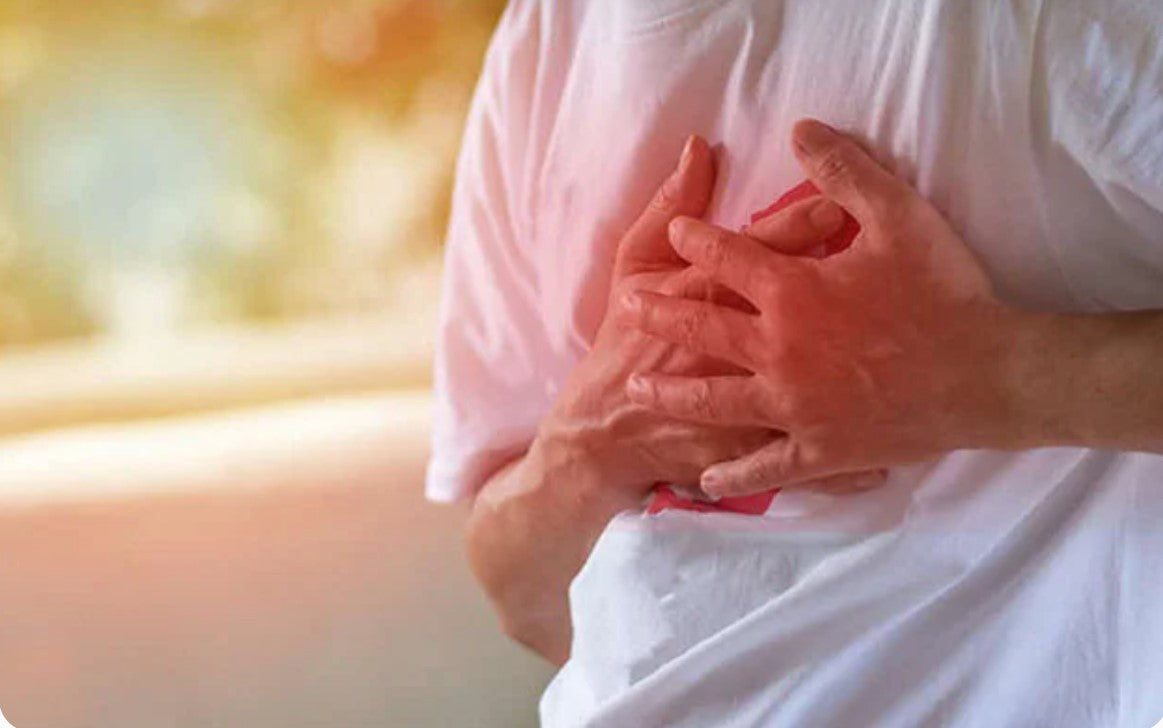Hand injuries

What is hand injury?
Hand injuries refer to injuries involving the fingers, hand, and wrist, including tendons, ligaments, and nerves.
From simple fingertip injuries to tendon injuries and fractures, hand injuries can be divided into the following broad groups:
- Burns . Burns to the hands from heat, chemicals, or electricity can damage the skin, nerves, and blood vessels. First-degree burns, such as sunburn, cause localized redness and pain, while second-degree burns cause blistering, peeling, and swelling. Third-degree burns mean the skin has been charred, with nerve damage.
- Lacerations . Lacerations, or deep cuts or tears in the skin, can result from injury with a sharp object. Unlike abrasions, lacerations do not result in skin loss. Lacerations are usually treated by cleaning and dressing the cut to prevent infection and allow the wound to heal. Severe or deep cuts may require stitches.
- Fractures and Dislocations . Fractures and dislocations involve injuries to bones and joints. A fracture is a partial or complete break in a bone, while a dislocation is when two bones that are connected to each other are separated.
- High Pressure Spray Injuries . High pressure spray injuries commonly occur in the dominant hand and index finger due to high pressure equipment such as paint and grease spray guns or diesel fuel injectors. This type of injury may present as a minor soreness on the finger, but can be severe depending on the pressure level, amount, and temperature.
- Infection . Infections can usually be treated with antibiotics in the early stages. If left untreated, the infected tissue will need to be removed and the pus drained from the wound. Severe infections can have long-term consequences such as damage to tissues, nerves, and bones.
- Soft tissue injuries (STIs) . Soft tissue (flesh) injuries can affect muscles, ligaments, and tendons. STIs can be classified as contusions or bruises, sprains, tendonitis, bursitis, strains, and stretch injuries.
- Amputation . Amputation means the loss or removal of a limb, usually due to injury (damage) or disease.
 C
C![]() What are the symptoms of a hand injury?
What are the symptoms of a hand injury?
Symptoms of hand injuries vary depending on the type of injury, how it occurred, the depth of the injury, the severity, and the location of the injury. These symptoms include:
- Burns . Painful or complete numbness, deformity (with or without tissue loss), discoloration, tissue loss, changes in skin texture, redness, blistering, and black areas of tissue.
- Fractures and dislocations . Pain, deformity, swelling and discoloration, reduced range of motion (difficulty moving), numbness, weakness, and bleeding.
- High pressure injury . Pain, swelling, and sometimes skin discoloration.
- Infection . Local pain, heat, redness, swelling, fever (rare), deformity, reduced range of motion.
- Tear . Tenderness, bleeding, numbness, reduced range of motion, weakness, and pallor (pale or dull appearance).
- Soft tissue (flesh) injuries and amputations . Tenderness, deformity (with or without tissue and bone loss), swelling and discoloration, bleeding, weakness, and numbness.
What causes hand injuries?
Hand injuries and damage are often caused by accidents or repetitive motions. These include:
- Impact during recreational or sporting activities . Injuries can range from a simple sprained finger caused by a sudden twist, to a fractured knuckle from a hard punch or a knuckle from a ball hitting the tip of the finger.
- The accidents such as accidents while cooking that can result in cuts and burns or impacts from catching yourself with your hands when falling.
- Wear and tear from aging or overuse can lead to arthritis as well as strains and sprains from heavy lifting or poor technique.
- Use of certain heavy tools, equipment, or machinery have high pressure, extreme temperatures or moving parts.
What factors increase the risk of hand injuries?
The risk of finger, hand or wrist injury is higher in contact sports, such as wrestling and football, and in high-speed sports, such as cycling and skateboarding. Sports that use hand tools such as hockey sticks or rackets also increase the risk of injury.
In children, most finger, hand, or wrist injuries occur during sports, play, or accidental falls. Older adults are at higher risk for injuries and fractures because they lose muscle mass and bone strength as they age. They are also more likely to have vision and balance problems, which increase their risk of accidental injury.
Hand injuries can happen to anyone, anytime, and when you least expect it. You can reduce your risk and help prevent injury by being careful.
What are the complications and associated diseases of hand injuries?
Hand injuries and trauma can lead to lasting damage if treatment is delayed or ignored.
- Bone malformation (nonunion) . A broken hand can heal on its own. But if not treated properly, the bones may not line up properly and may not heal properly. This condition is called nonunion and can lead to impaired hand function.
- Delayed or non-union fractures . A fracture that takes longer than normal to heal is called a delayed fracture. A non-union fracture is a fracture that is unlikely to heal without medical intervention, such as surgery.
- Bone infection (osteomyelitis) . Infection can occur when bacteria enter the body during an injury. Less commonly, infection can occur during bone surgery.
- Nerve or blood vessel damage . Hand injuries can damage nearby nerves and blood vessels. Seek medical attention immediately if you experience numbness or circulation problems.
- Osteoarthritis . A fracture that goes into the joint can cause arthritis years later. If your hand starts to hurt or swell after an injury, see a hand specialist for an evaluation.
How to prevent hand injuries?
You can reduce your risk and help prevent injury by being careful. Here are some things you can do:
- Pay attention when working or doing daily tasks.
- Use proper technique while cutting, holding and lifting.
- Take frequent breaks to reduce stress on your hands.
- Use protective equipment while playing sports or using heavy equipment, including gloves and wrist guards.
- Stretching and warming up before playing sports can help prevent injury.
How are hand injuries diagnosed?
Diagnosing hand injuries and injuries can vary, and often includes:
- Physical examination . During a physical examination of your hand, your doctor will check for injuries or trauma and check your nerve and muscle function.
- Diagnostic imaging tests . To check for injuries not visible to the naked eye, X-rays, CT scans, MRIs, and electrodiagnostic tests can help identify fractures, dislocations, or the presence of foreign objects.
How are hand injuries treated?
Treatment varies depending on type of injury and severity . Severe or complex injuries or injuries may sometimes require surgical intervention, but general care can be performed for these injuries:
- Tear or cut The wound should be cleaned and pressure applied to stop the bleeding. If the object causing the cut is still in the wound, do not remove it but seek medical help. The cut will then need to be covered with a bandage to prevent contamination.
- Fractures and dislocations should be immobilized or splinted if possible. If the fracture results in an open bone, cover it with a clean cloth to prevent dust from entering the wound and seek medical help immediately.
- Soft tissue injuries Ice can be applied to reduce pain and swelling.
- Amputation Seek immediate medical attention. Cover the wound with a clean, damp cloth and elevate your hand above your heart to reduce bleeding. If the amputated part can be retrieved, keep it moist and cool but Do not come into direct contact with the stone .
- Infection should be kept clean and dry, often requiring antibiotics. Severe infections may require drainage of pus and removal of dead tissue.
- Burn Thermal burns can be cooled with water, while chemical burns should be flushed with plenty of water. The burn should then be covered with a bandage until you can see a doctor.
Even seemingly minor injuries can be more serious than you think, so it is important to see a doctor with any hand injury or trauma to rule out any permanent damage that may require care and medication.
See a doctor right away if you have an injury or pain that does not improve with home treatments such as ice and rest, or if pain, swelling, or bleeding worsens.
-------------------------------------------------------------------------------------------
👉 Contact SunCare for medical support and advice as well as professional private jet transportation services 🇸🇬 SUNCARE PTE. LTD SINGAPORE
🏠 Add: 10 Anson Road, #10-11 International Plaza, Singapore 079903
☎️ Hotline: +65 96727717 (Dr. Lien Minh - Director) Zalo, Viber
📨 Email: suncarehealth@gmail.com





